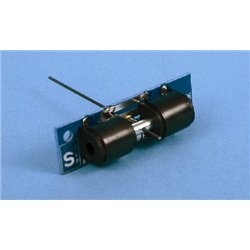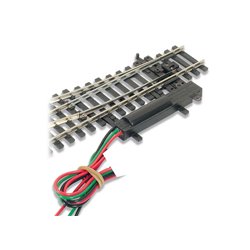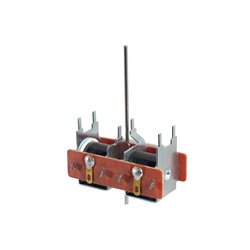With so many kits of railway coaches and wagons out there for consumers to choose from, why do so many still come...
No products
Product successfully added to your shopping cart
There are 0 items in your cart. There is 1 item in your cart.
Search Tips
What is a solenoid?
If you are building or own a model railway layout, then you have likely heard the word solenoid, a lot! and that is because modellers use them, a lot!
A solenoid is a coil of wire which acts as a magnet when an electrical charge is applied. The most common application for solenoids on a model railway is in motors such as the ones that power your engines. A locomotive's motor is quite a simple device, at its heart is a shallow cylinder that has several solenoids placed around its inner circumference, when a charge is passed through the solenoids, a magnetic field is produced and the commutator (the spinney bit in the middle of the motor) moves. The number of solenoids that a model's motor has is described in poles, 5 pole motors have 5 solenoids and 3 pole motors have 3 solenoids, generally speaking, the more solenoids (poles) you have, the smoother the motor will run.
Another place that you will find solenoids on a model railway is in solenoid point motors. A solenoid point motor has two solenoids that are powered alternately to create magnets that pull a drawbar from one side to the other. The solenoids on point motors are only energised temporarily with short bursts of power that are just enough to move the drawbar the short distance required to set the point. Although the burst of power only needs to be short, it does need to be strong to ensure that a significant magnetic field is produced to firmly set the points in place. This stronger burst of power is provided by a CDU (Capacitor Discharge Unit) that should be included into the circuit.
Solenoids are an effective way of creating movement, the likelihood is if it moves and it's electrical, then it's done using solenoids!
Click here to receive the tips weekly in your mailbox. You can unsubscribe at any time.










